Blog
Lighting For Any Event Year-Round
Lighting For Any Event Year-Round
Lighting For Any Event Year-Round

Everyone has their own traditions for holiday decor each year. And it depends on the holiday, too. Halloween decor usually includes pumpkins and jack-o-lanterns, ghosts, skeletons, purple and orange colors, witches, and other scary, supernatural creatures. Thanksgiving decorations usually include turkeys, cornucopias, brown, orange, yellow, and other fall colors, pumpkins, corn, and other produce.
For Hanukkah, the Menorah is lit, and other decorations and items are set out, like the Star of David, dreidels, and the colors blue and white are used. Christmas is, of course, decorated with evergreen trees, red and green lights, Santa Claus and his reindeer, and nativities.
The best way to decorate is determined from house to house. It also varies from person to person; how much you care about the holiday or about decorating. Some people like a minimalistic approach and may use a few quietly themed decorations, while others don't mind putting up a big, fun display to fill their home with almost tangible holiday spirit.
On top of these decorations, most of these holidays traditionally include lights. Besides any decorations set up inside or outside, holiday lighting for your home can be a good way to celebrate, either with a big show-stopping display taking up the whole yard, or a simpler, minimalist string of LED lights as a nod to the occasion.
What is so special about setting up holiday lights?
The most popular holiday lights are Christmas lights. Lights have been used in Christmas celebrations for centuries. Initially, Christmas trees were decorated with candles to illuminate the tree and the ornaments it displayed. After the invention of the light bulb, strings of Christmas lights began to be produced and sold. The practice has since spread from just the tree to decorating the whole house.
Light is also incredibly symbolic in the Jewish holiday Hanukkah (or Chanukah), also known as the Festival of Lights, which celebrates the miracle of the lights during the rededication of the Temple. During the Maccabean revolt against the Seleucid Monarchy, which had earlier conquered the Jews and defiled their Temple, the Jews cleansed and rededicated the Temple.
According to the legend, when they recovered the Temple to begin its rededication, only a small vial of oil was left untainted. It should have been enough to light the Menorah for a single night, but the oil kept burning for eight days and nights until they could obtain more consecrated oil to use. The symbolism of lights and the Menorah are central to the celebration of Hanukkah.
Putting up holiday lights outside your home or in a public space can boost neighborhood morale and help spread holiday cheer. Holiday lighting can set the mood in your area.
What lights should I put up for each holiday?
If you want a more minimalist approach to holiday lighting, you can always go with a simple stand around your roof in the traditional colors of the holiday: purple and orange for Halloween, brown, orange, and yellow for Thanksgiving, blue and white for Hanukkah, and red and green for Christmas. You can also set up bigger light displays in your yard with props and other decorations. Another popular method is to sync the lights with music, often telling the people watching to tune into a certain radio station, to which the lights will change color and flash to the music.
As to the technical side, there are a few tips you should know to make sure your holiday lighting goes smoothly. Here are a few tips to add to your guide to holiday lighting.
Make sure you have plenty of outdoor outlets and extension cords for your lights. You want an organized setup and ensure you don't overload any outlets. A remote or a timer can make it easier to turn your lights on and off. Rather than having to walk out and unplug all your cords, you can manually turn them on or off and change the color (if that's a feature of your lights) or set it to a timer to do so automatically. To save money, get LED lights. They will last you much longer and are easy maintenance. Several tips for hanging Christmas lights include using clothespins, magnets, and hooks. There are also several recommendations for storing them as well, including rolled-up magazines, cardboard cutouts, buckets, pegboards, and more.
Christmas house lights are the most popular public light displays, but you can hang lights for any holiday to celebrate. Should I hire a professional to put up my lights?
Hiring a professional to hang your lights will ensure that the installation is done well, which you may need for a larger and more complicated light display (if you are not a professional yourself). Still, a simpler light display has a much easier installation, and you might be able to do it yourself. Of course, there are pros and cons to both, so let's compare a professional company doing your light installation to doing it yourself.
Unless you are a professional yourself, hiring a company to set up your holiday lights will allow you to have a more complex light display. If you want the highest quality for a big showstopper of a light display, you might want to look into hiring somebody to help you put it up. Professionals will also know the limits of the lights and outlets and can ensure that the power is distributed evenly to make sure you don't blow a fuse. A holiday light service can also offer you a custom design for your home rather than buying generic designs and light strands from the store. Besides the better quality, the biggest perk is that you save time. Instead of you having to set up and take down all the lights, sort through all the cords, and deal with bulbs that have gone out, only to take it all down and put it away in a couple of weeks, they do it for you.
Of course, the biggest con to hiring a professional company is that it can get quite expensive. Depending on the quality of the company and the number of lights you want, a professional holiday light installation can cost anywhere between a couple hundred dollars for a smaller display and up to a thousand dollars for big displays on a large property.
You can also opt to hang your lights yourself. You will need tools like ladders that reach your roof, extension cords, and light clips and hooks to hang the lights on. You can try several DIY Christmas lighting tools, like magnetic lights, light clips, utility hooks, and a lightkeeper.
The biggest pro to DIY holiday lighting is, of course, the cost, besides the pride you'll feel at doing it yourself. With the right tools and a good supply of lights, hanging your own holiday lights isn't too bad, so long as you don't try to overdo it.
The main con of DIY light displays is safety. Using ladders and climbing up on the roof, especially in the cold with snow and ice, is very unsafe, and you need to be very careful. You also need to be careful with the wattage of your lights and how many extension cords and outlets you use. You don't want to overload an outlet and blow a fuse. Professionals know what to look out for, so you may want to do a little research on what your house can handle and what your lights could do.
What else should I know about putting up lights? You can use several lights, so here is a brief rundown about holiday lights. The best lights to get are for sure LEDs. LED lights save energy and last longer than incandescent, saving you money and electricity. Incandescent lights are the more "retro" style lights with big, conical-shaped bulbs. Icicle lights are light strands with smaller strands draping down off them to look like icicles. Mesh lights are good for trees and bushes; the light strands form a sort of net you can drape over things.
There are several types of lights you can choose from, but to save energy and money, you should always try to get LED lights.
How can JellyFish Lighting help me? JellyFish Lighting is a company that offers year-round custom light displays and installation. They use LED lights, so the displays last for years and are easy to repair if a bulb goes out. In addition, their lights are color-changing with a remote that allows you to program any pattern with over 16 million colors. You can also set it to a nightly or weekly timer, so you don't have to manually turn them on and off.
Everyone has their own traditions for holiday decor each year. And it depends on the holiday, too. Halloween decor usually includes pumpkins and jack-o-lanterns, ghosts, skeletons, purple and orange colors, witches, and other scary, supernatural creatures. Thanksgiving decorations usually include turkeys, cornucopias, brown, orange, yellow, and other fall colors, pumpkins, corn, and other produce.
For Hanukkah, the Menorah is lit, and other decorations and items are set out, like the Star of David, dreidels, and the colors blue and white are used. Christmas is, of course, decorated with evergreen trees, red and green lights, Santa Claus and his reindeer, and nativities.
The best way to decorate is determined from house to house. It also varies from person to person; how much you care about the holiday or about decorating. Some people like a minimalistic approach and may use a few quietly themed decorations, while others don't mind putting up a big, fun display to fill their home with almost tangible holiday spirit.
On top of these decorations, most of these holidays traditionally include lights. Besides any decorations set up inside or outside, holiday lighting for your home can be a good way to celebrate, either with a big show-stopping display taking up the whole yard, or a simpler, minimalist string of LED lights as a nod to the occasion.
What is so special about setting up holiday lights?
The most popular holiday lights are Christmas lights. Lights have been used in Christmas celebrations for centuries. Initially, Christmas trees were decorated with candles to illuminate the tree and the ornaments it displayed. After the invention of the light bulb, strings of Christmas lights began to be produced and sold. The practice has since spread from just the tree to decorating the whole house.
Light is also incredibly symbolic in the Jewish holiday Hanukkah (or Chanukah), also known as the Festival of Lights, which celebrates the miracle of the lights during the rededication of the Temple. During the Maccabean revolt against the Seleucid Monarchy, which had earlier conquered the Jews and defiled their Temple, the Jews cleansed and rededicated the Temple.
According to the legend, when they recovered the Temple to begin its rededication, only a small vial of oil was left untainted. It should have been enough to light the Menorah for a single night, but the oil kept burning for eight days and nights until they could obtain more consecrated oil to use. The symbolism of lights and the Menorah are central to the celebration of Hanukkah.
Putting up holiday lights outside your home or in a public space can boost neighborhood morale and help spread holiday cheer. Holiday lighting can set the mood in your area.
What lights should I put up for each holiday?
If you want a more minimalist approach to holiday lighting, you can always go with a simple stand around your roof in the traditional colors of the holiday: purple and orange for Halloween, brown, orange, and yellow for Thanksgiving, blue and white for Hanukkah, and red and green for Christmas. You can also set up bigger light displays in your yard with props and other decorations. Another popular method is to sync the lights with music, often telling the people watching to tune into a certain radio station, to which the lights will change color and flash to the music.
As to the technical side, there are a few tips you should know to make sure your holiday lighting goes smoothly. Here are a few tips to add to your guide to holiday lighting.
Make sure you have plenty of outdoor outlets and extension cords for your lights. You want an organized setup and ensure you don't overload any outlets. A remote or a timer can make it easier to turn your lights on and off. Rather than having to walk out and unplug all your cords, you can manually turn them on or off and change the color (if that's a feature of your lights) or set it to a timer to do so automatically. To save money, get LED lights. They will last you much longer and are easy maintenance. Several tips for hanging Christmas lights include using clothespins, magnets, and hooks. There are also several recommendations for storing them as well, including rolled-up magazines, cardboard cutouts, buckets, pegboards, and more.
Christmas house lights are the most popular public light displays, but you can hang lights for any holiday to celebrate. Should I hire a professional to put up my lights?
Hiring a professional to hang your lights will ensure that the installation is done well, which you may need for a larger and more complicated light display (if you are not a professional yourself). Still, a simpler light display has a much easier installation, and you might be able to do it yourself. Of course, there are pros and cons to both, so let's compare a professional company doing your light installation to doing it yourself.
Unless you are a professional yourself, hiring a company to set up your holiday lights will allow you to have a more complex light display. If you want the highest quality for a big showstopper of a light display, you might want to look into hiring somebody to help you put it up. Professionals will also know the limits of the lights and outlets and can ensure that the power is distributed evenly to make sure you don't blow a fuse. A holiday light service can also offer you a custom design for your home rather than buying generic designs and light strands from the store. Besides the better quality, the biggest perk is that you save time. Instead of you having to set up and take down all the lights, sort through all the cords, and deal with bulbs that have gone out, only to take it all down and put it away in a couple of weeks, they do it for you.
Of course, the biggest con to hiring a professional company is that it can get quite expensive. Depending on the quality of the company and the number of lights you want, a professional holiday light installation can cost anywhere between a couple hundred dollars for a smaller display and up to a thousand dollars for big displays on a large property.
You can also opt to hang your lights yourself. You will need tools like ladders that reach your roof, extension cords, and light clips and hooks to hang the lights on. You can try several DIY Christmas lighting tools, like magnetic lights, light clips, utility hooks, and a lightkeeper.
The biggest pro to DIY holiday lighting is, of course, the cost, besides the pride you'll feel at doing it yourself. With the right tools and a good supply of lights, hanging your own holiday lights isn't too bad, so long as you don't try to overdo it.
The main con of DIY light displays is safety. Using ladders and climbing up on the roof, especially in the cold with snow and ice, is very unsafe, and you need to be very careful. You also need to be careful with the wattage of your lights and how many extension cords and outlets you use. You don't want to overload an outlet and blow a fuse. Professionals know what to look out for, so you may want to do a little research on what your house can handle and what your lights could do.
What else should I know about putting up lights? You can use several lights, so here is a brief rundown about holiday lights. The best lights to get are for sure LEDs. LED lights save energy and last longer than incandescent, saving you money and electricity. Incandescent lights are the more "retro" style lights with big, conical-shaped bulbs. Icicle lights are light strands with smaller strands draping down off them to look like icicles. Mesh lights are good for trees and bushes; the light strands form a sort of net you can drape over things.
There are several types of lights you can choose from, but to save energy and money, you should always try to get LED lights.
How can JellyFish Lighting help me? JellyFish Lighting is a company that offers year-round custom light displays and installation. They use LED lights, so the displays last for years and are easy to repair if a bulb goes out. In addition, their lights are color-changing with a remote that allows you to program any pattern with over 16 million colors. You can also set it to a nightly or weekly timer, so you don't have to manually turn them on and off.
Everyone has their own traditions for holiday decor each year. And it depends on the holiday, too. Halloween decor usually includes pumpkins and jack-o-lanterns, ghosts, skeletons, purple and orange colors, witches, and other scary, supernatural creatures. Thanksgiving decorations usually include turkeys, cornucopias, brown, orange, yellow, and other fall colors, pumpkins, corn, and other produce.
For Hanukkah, the Menorah is lit, and other decorations and items are set out, like the Star of David, dreidels, and the colors blue and white are used. Christmas is, of course, decorated with evergreen trees, red and green lights, Santa Claus and his reindeer, and nativities.
The best way to decorate is determined from house to house. It also varies from person to person; how much you care about the holiday or about decorating. Some people like a minimalistic approach and may use a few quietly themed decorations, while others don't mind putting up a big, fun display to fill their home with almost tangible holiday spirit.
On top of these decorations, most of these holidays traditionally include lights. Besides any decorations set up inside or outside, holiday lighting for your home can be a good way to celebrate, either with a big show-stopping display taking up the whole yard, or a simpler, minimalist string of LED lights as a nod to the occasion.
What is so special about setting up holiday lights?
The most popular holiday lights are Christmas lights. Lights have been used in Christmas celebrations for centuries. Initially, Christmas trees were decorated with candles to illuminate the tree and the ornaments it displayed. After the invention of the light bulb, strings of Christmas lights began to be produced and sold. The practice has since spread from just the tree to decorating the whole house.
Light is also incredibly symbolic in the Jewish holiday Hanukkah (or Chanukah), also known as the Festival of Lights, which celebrates the miracle of the lights during the rededication of the Temple. During the Maccabean revolt against the Seleucid Monarchy, which had earlier conquered the Jews and defiled their Temple, the Jews cleansed and rededicated the Temple.
According to the legend, when they recovered the Temple to begin its rededication, only a small vial of oil was left untainted. It should have been enough to light the Menorah for a single night, but the oil kept burning for eight days and nights until they could obtain more consecrated oil to use. The symbolism of lights and the Menorah are central to the celebration of Hanukkah.
Putting up holiday lights outside your home or in a public space can boost neighborhood morale and help spread holiday cheer. Holiday lighting can set the mood in your area.
What lights should I put up for each holiday?
If you want a more minimalist approach to holiday lighting, you can always go with a simple stand around your roof in the traditional colors of the holiday: purple and orange for Halloween, brown, orange, and yellow for Thanksgiving, blue and white for Hanukkah, and red and green for Christmas. You can also set up bigger light displays in your yard with props and other decorations. Another popular method is to sync the lights with music, often telling the people watching to tune into a certain radio station, to which the lights will change color and flash to the music.
As to the technical side, there are a few tips you should know to make sure your holiday lighting goes smoothly. Here are a few tips to add to your guide to holiday lighting.
Make sure you have plenty of outdoor outlets and extension cords for your lights. You want an organized setup and ensure you don't overload any outlets. A remote or a timer can make it easier to turn your lights on and off. Rather than having to walk out and unplug all your cords, you can manually turn them on or off and change the color (if that's a feature of your lights) or set it to a timer to do so automatically. To save money, get LED lights. They will last you much longer and are easy maintenance. Several tips for hanging Christmas lights include using clothespins, magnets, and hooks. There are also several recommendations for storing them as well, including rolled-up magazines, cardboard cutouts, buckets, pegboards, and more.
Christmas house lights are the most popular public light displays, but you can hang lights for any holiday to celebrate. Should I hire a professional to put up my lights?
Hiring a professional to hang your lights will ensure that the installation is done well, which you may need for a larger and more complicated light display (if you are not a professional yourself). Still, a simpler light display has a much easier installation, and you might be able to do it yourself. Of course, there are pros and cons to both, so let's compare a professional company doing your light installation to doing it yourself.
Unless you are a professional yourself, hiring a company to set up your holiday lights will allow you to have a more complex light display. If you want the highest quality for a big showstopper of a light display, you might want to look into hiring somebody to help you put it up. Professionals will also know the limits of the lights and outlets and can ensure that the power is distributed evenly to make sure you don't blow a fuse. A holiday light service can also offer you a custom design for your home rather than buying generic designs and light strands from the store. Besides the better quality, the biggest perk is that you save time. Instead of you having to set up and take down all the lights, sort through all the cords, and deal with bulbs that have gone out, only to take it all down and put it away in a couple of weeks, they do it for you.
Of course, the biggest con to hiring a professional company is that it can get quite expensive. Depending on the quality of the company and the number of lights you want, a professional holiday light installation can cost anywhere between a couple hundred dollars for a smaller display and up to a thousand dollars for big displays on a large property.
You can also opt to hang your lights yourself. You will need tools like ladders that reach your roof, extension cords, and light clips and hooks to hang the lights on. You can try several DIY Christmas lighting tools, like magnetic lights, light clips, utility hooks, and a lightkeeper.
The biggest pro to DIY holiday lighting is, of course, the cost, besides the pride you'll feel at doing it yourself. With the right tools and a good supply of lights, hanging your own holiday lights isn't too bad, so long as you don't try to overdo it.
The main con of DIY light displays is safety. Using ladders and climbing up on the roof, especially in the cold with snow and ice, is very unsafe, and you need to be very careful. You also need to be careful with the wattage of your lights and how many extension cords and outlets you use. You don't want to overload an outlet and blow a fuse. Professionals know what to look out for, so you may want to do a little research on what your house can handle and what your lights could do.
What else should I know about putting up lights? You can use several lights, so here is a brief rundown about holiday lights. The best lights to get are for sure LEDs. LED lights save energy and last longer than incandescent, saving you money and electricity. Incandescent lights are the more "retro" style lights with big, conical-shaped bulbs. Icicle lights are light strands with smaller strands draping down off them to look like icicles. Mesh lights are good for trees and bushes; the light strands form a sort of net you can drape over things.
There are several types of lights you can choose from, but to save energy and money, you should always try to get LED lights.
How can JellyFish Lighting help me? JellyFish Lighting is a company that offers year-round custom light displays and installation. They use LED lights, so the displays last for years and are easy to repair if a bulb goes out. In addition, their lights are color-changing with a remote that allows you to program any pattern with over 16 million colors. You can also set it to a nightly or weekly timer, so you don't have to manually turn them on and off.
How much do permanent christmas lights cost?
How much do permanent christmas lights cost?
How much do permanent christmas lights cost?






Are Permanent Christmas Lights Worth It?
Are Permanent Christmas Lights Worth It?
Are Permanent Christmas Lights Worth It?
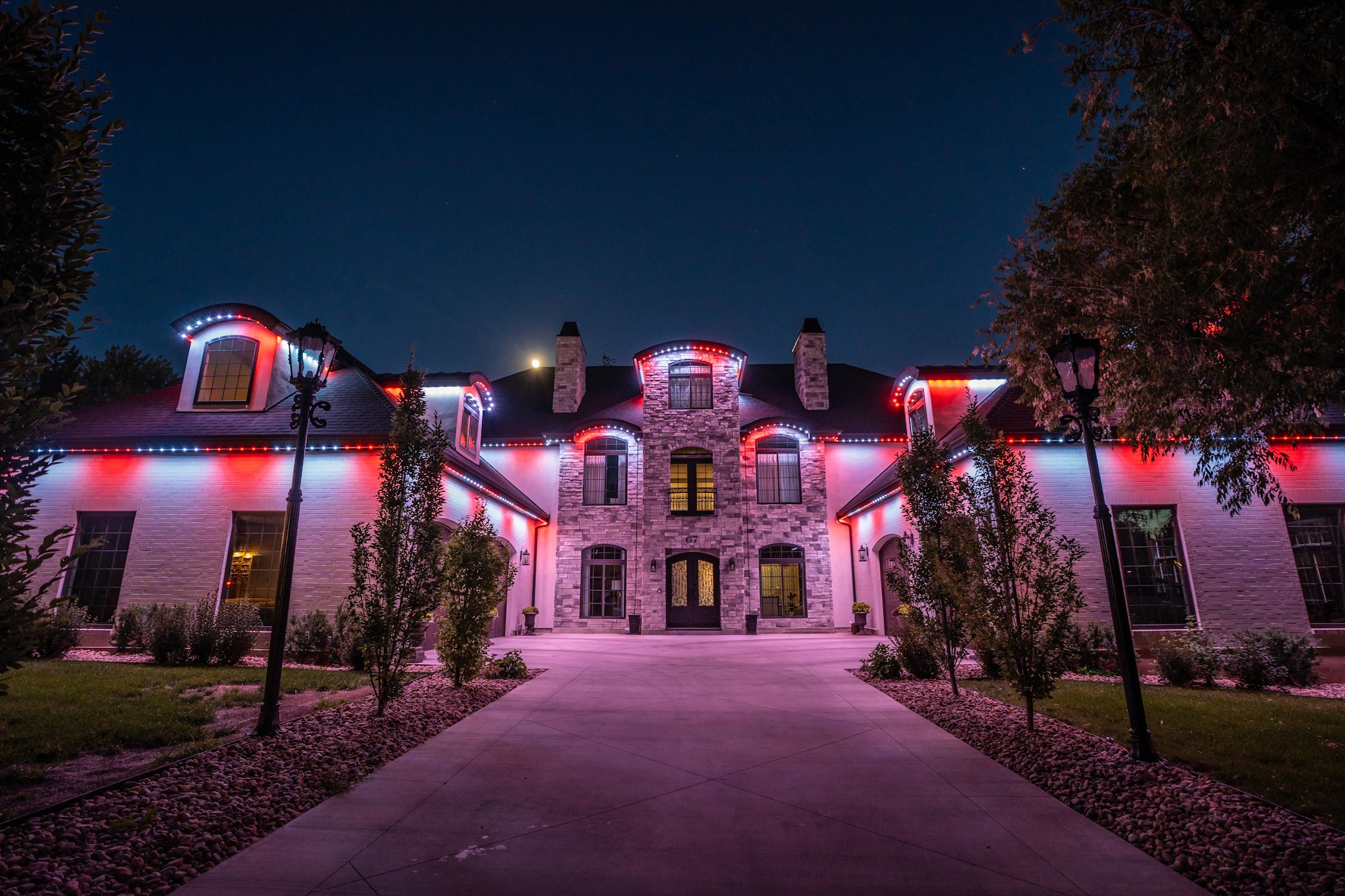





Illuminate Your Love Story: Transforming Wedding Venues with JellyFish Lighting
Illuminate Your Love Story: Transforming Wedding Venues with JellyFish Lighting
Illuminate Your Love Story: Transforming Wedding Venues with JellyFish Lighting
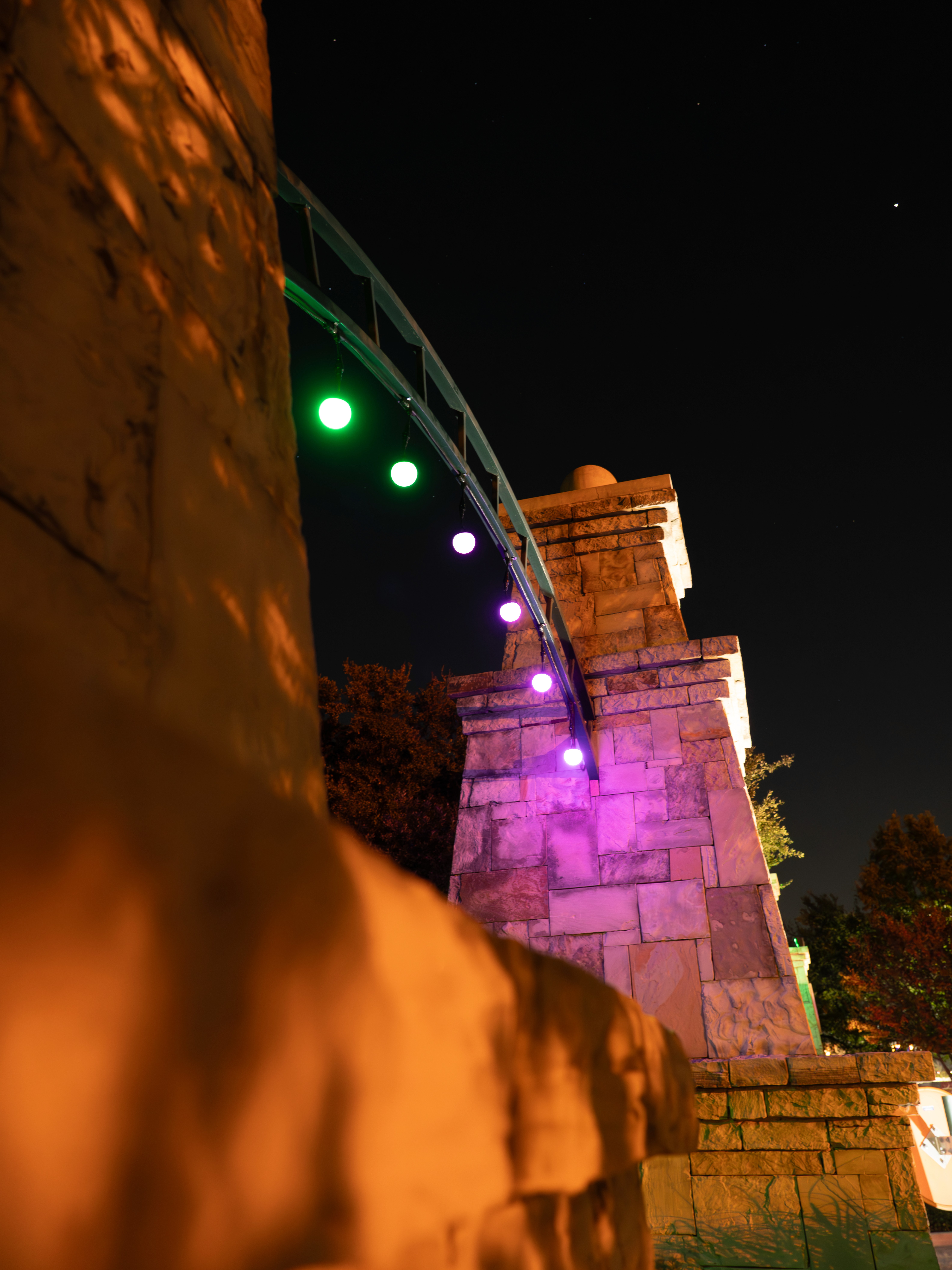





Illuminating Thrills: How JellyFish Lighting Enhances Amusement Park Experiences
Illuminating Thrills: How JellyFish Lighting Enhances Amusement Park Experiences
Illuminating Thrills: How JellyFish Lighting Enhances Amusement Park Experiences
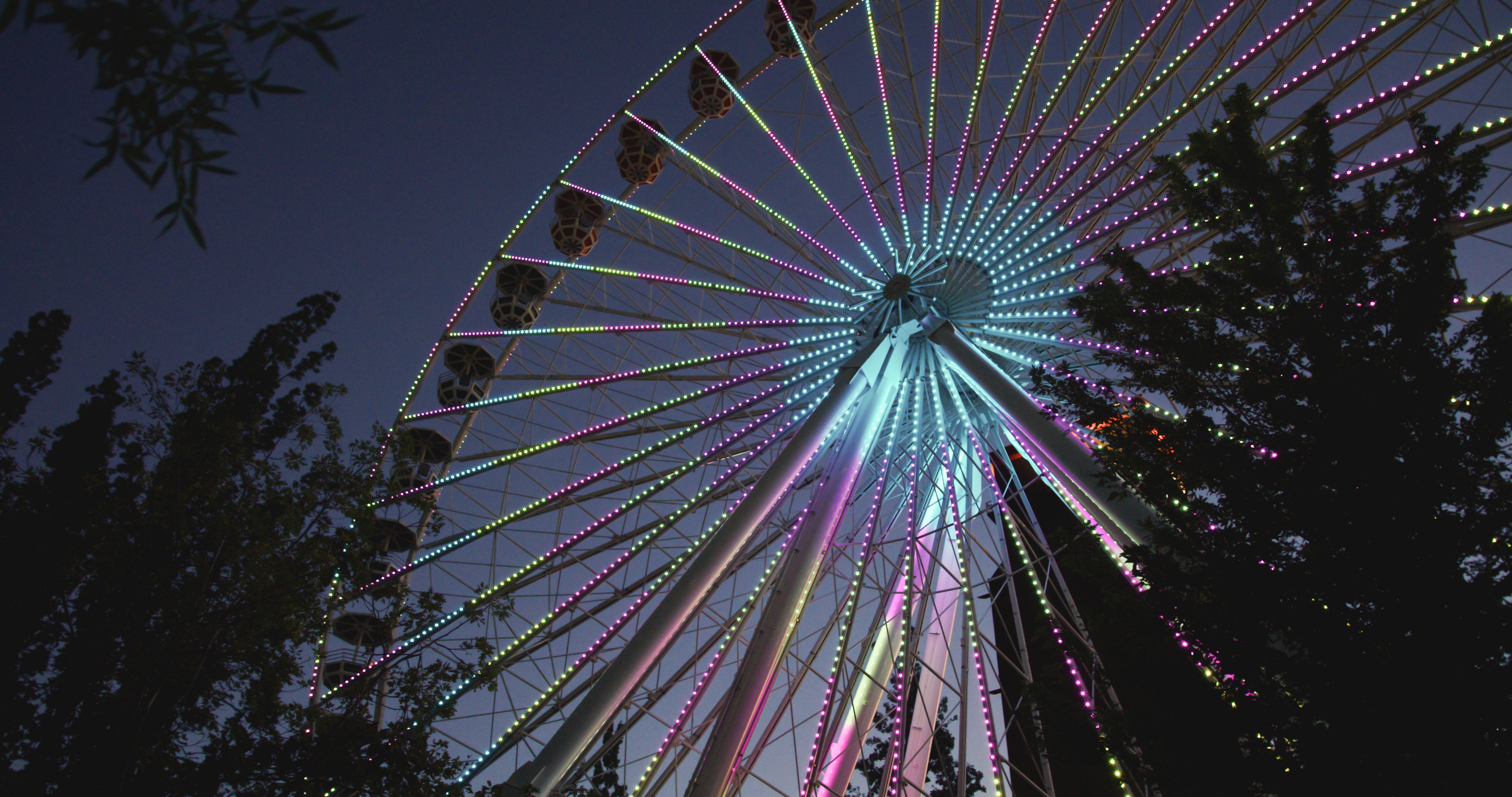





Announcing JellyFish Cloud 2.0
Announcing JellyFish Cloud 2.0
Announcing JellyFish Cloud 2.0
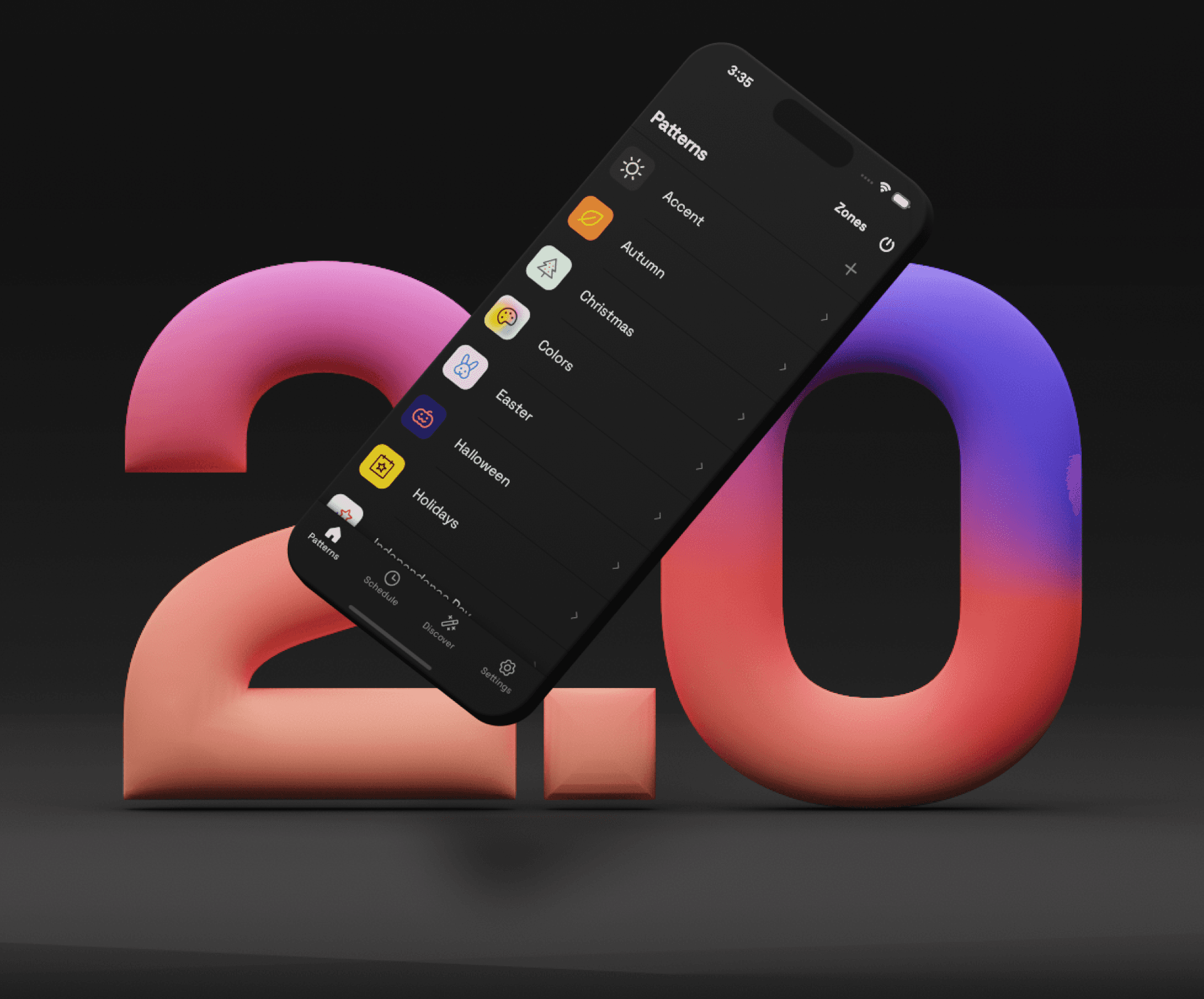





How do Soffit Lights compare to Permanent LED Holiday Lighting?
How do Soffit Lights compare to Permanent LED Holiday Lighting?
How do Soffit Lights compare to Permanent LED Holiday Lighting?
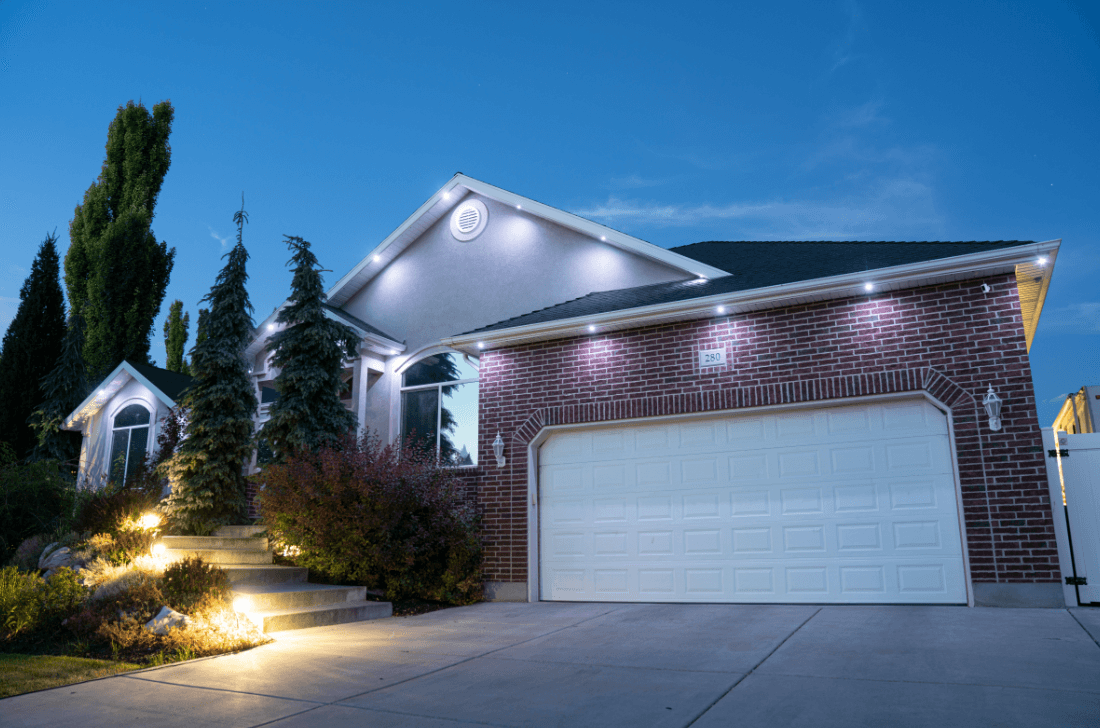





Brighten Home Life With The Right House Lights
Brighten Home Life With The Right House Lights
Brighten Home Life With The Right House Lights
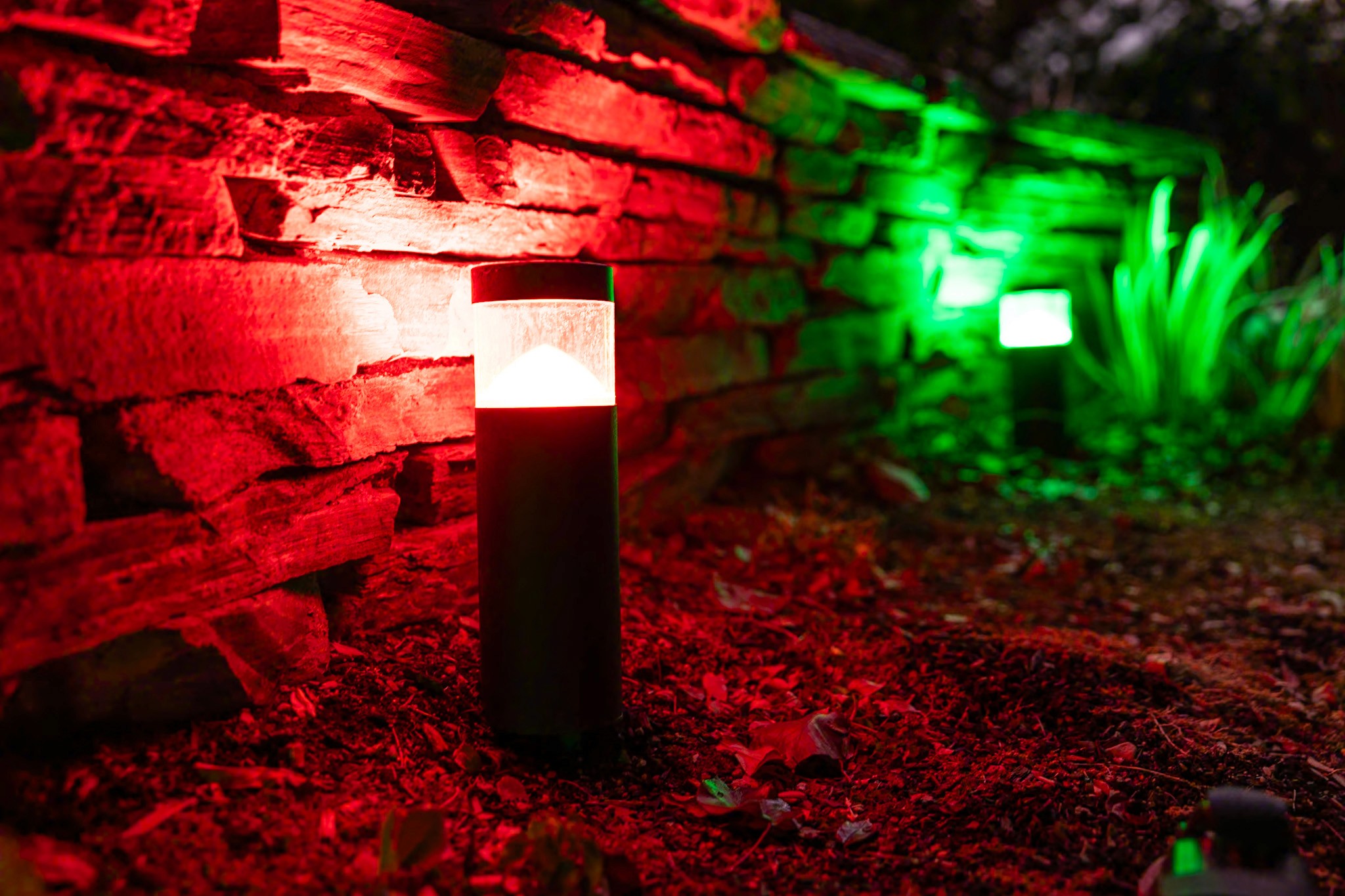





The Benefits of Outdoor Landscape Lighting
The Benefits of Outdoor Landscape Lighting
The Benefits of Outdoor Landscape Lighting
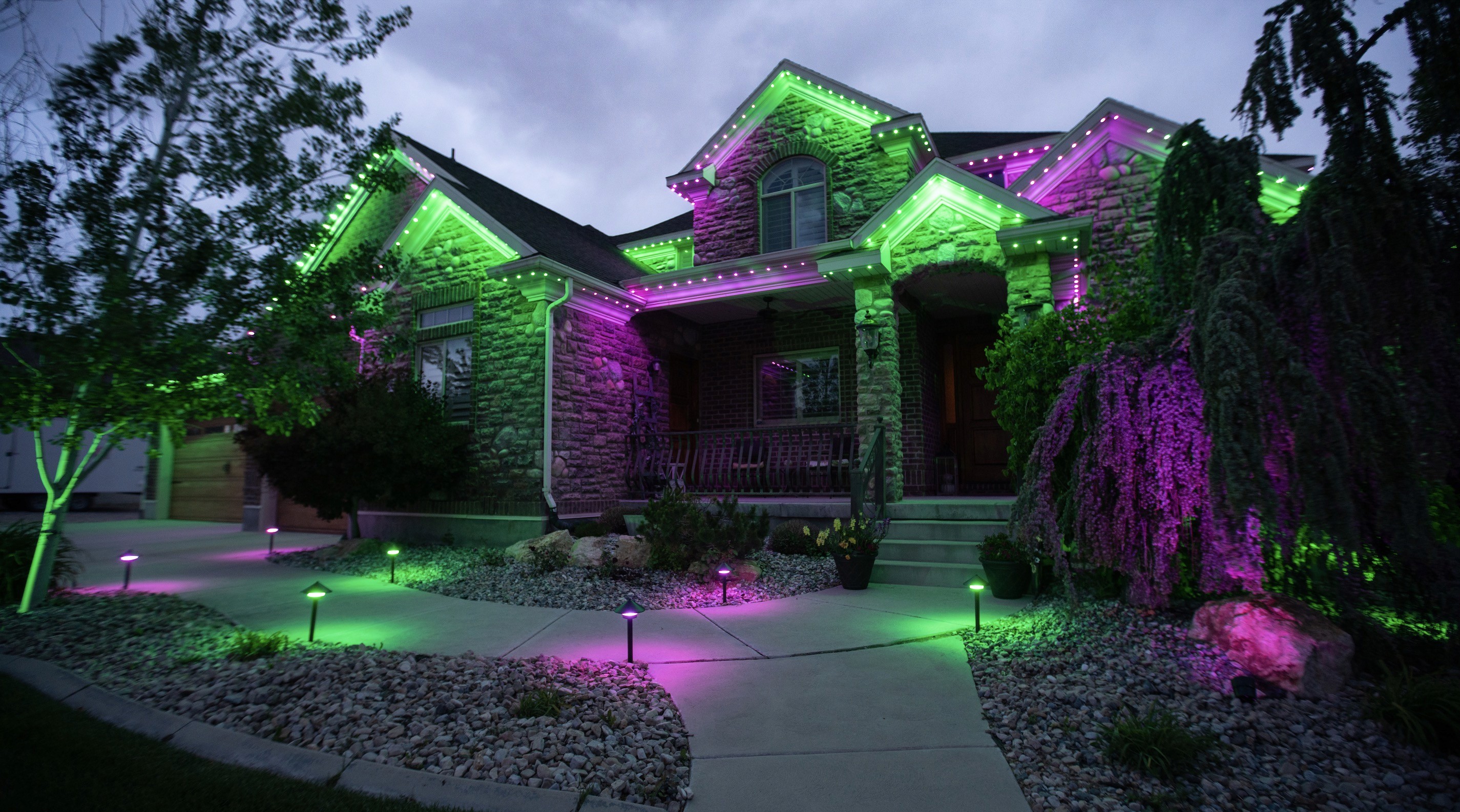





Get color-changing permanent Christmas lights today
© 2025 JellyFish Lighting · All rights reserved · Patent #9506609
Get color-changing permanent Christmas lights today
© 2025 JellyFish Lighting · Patent #950660
Get color-changing permanent Christmas lights today
© 2025 JellyFish Lighting · All rights reserved · Patent #9506609